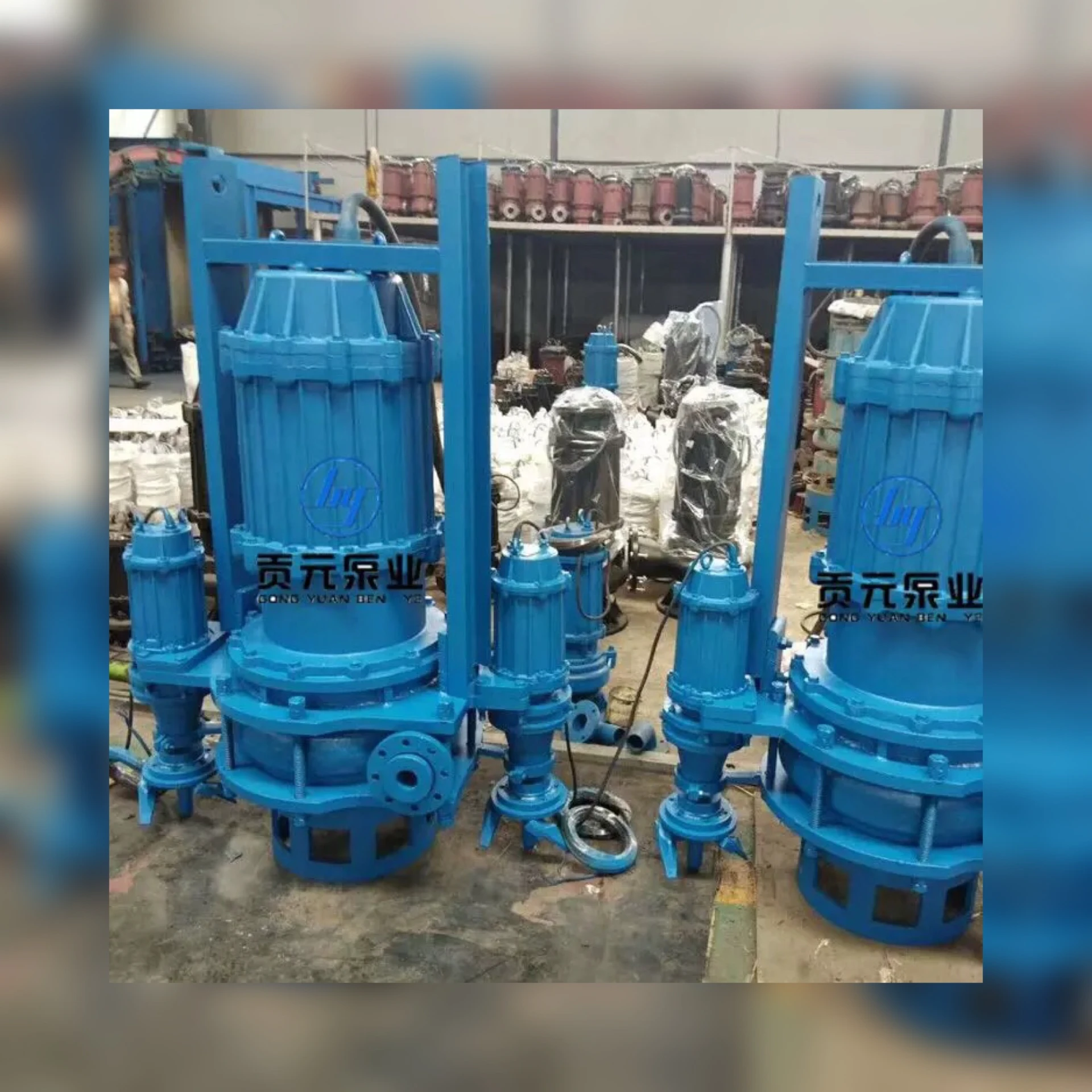Japanese
- Afrikaans
- Albanian
- Amharic
- Arabic
- Armenian
- Azerbaijani
- Basque
- Belarusian
- Bengali
- Bosnian
- Bulgarian
- Catalan
- Cebuano
- Corsican
- Croatian
- Czech
- Danish
- Dutch
- English
- Esperanto
- Estonian
- Finnish
- French
- Frisian
- Galician
- Georgian
- German
- Greek
- Gujarati
- Haitian Creole
- hausa
- hawaiian
- Hebrew
- Hindi
- Miao
- Hungarian
- Icelandic
- igbo
- Indonesian
- irish
- Italian
- Japanese
- Javanese
- Kannada
- kazakh
- Khmer
- Rwandese
- Korean
- Kurdish
- Kyrgyz
- Lao
- Latin
- Latvian
- Lithuanian
- Luxembourgish
- Macedonian
- Malgashi
- Malay
- Malayalam
- Maltese
- Maori
- Marathi
- Mongolian
- Myanmar
- Nepali
- Norwegian
- Norwegian
- Occitan
- Pashto
- Persian
- Polish
- Portuguese
- Punjabi
- Romanian
- Russian
- Samoan
- Scottish Gaelic
- Serbian
- Sesotho
- Shona
- Sindhi
- Sinhala
- Slovak
- Slovenian
- Somali
- Spanish
- Sundanese
- Swahili
- Swedish
- Tagalog
- Tajik
- Tamil
- Tatar
- Telugu
- Thai
- Turkish
- Turkmen
- Ukrainian
- Urdu
- Uighur
- Uzbek
- Vietnamese
- Welsh
- Bantu
- Yiddish
- Yoruba
- Zulu
Telephone: +86 13120555503
Email: frank@cypump.com
12月 . 31, 2024 09:37 Back to list
well service pump
Understanding Well Service Pumps A Key Component in Oil and Gas Operations
Well service pumps are crucial elements in the oil and gas industry, significantly impacting the efficiency and success of operations. These pumps facilitate the maintenance of wells, which is vital for optimal production levels. Understanding their types, functions, and applications can help industry professionals make informed decisions that enhance operational efficiency.
Types of Well Service Pumps
Well service pumps come in various types, each designed for specific applications. The most common types include
1. Reciprocating Pumps These pumps use a piston or plunger to move fluids through a cylinder. They are ideal for applications that require high pressures, making them suitable for well stimulation and workover operations.
2. Rotary Pumps Rotary pumps operate by trapping a fixed amount of fluid and then forcing it through the discharge. They are often used in operations needing lower flow rates but require consistent pressure, such as in water injection or fuel transfer.
3. Progressing Cavity Pumps These pumps consist of a helical rotor that moves fluid through a stator. They are particularly adept at handling viscous fluids and can operate efficiently even in challenging conditions. Progressing cavity pumps are often used for the artificial lift of oil and for transferring fluids during well servicing.
4. Centrifugal Pumps While these are more commonly used in production compared to well servicing, centrifugal pumps can be employed for secondary applications, such as fluid movement during drilling operations.
Functions of Well Service Pumps
The primary function of a well service pump is to move various fluids, whether it be water, oil, or chemicals, during well completion, maintenance, or enhanced oil recovery operations
. Some specific functions includewell service pump

- Stimulation Pumps are crucial for hydraulic fracturing, where they inject fluids at high pressure to stimulate oil production from the reservoir. The pressure creates fractures in the rock formations, allowing hydrocarbons to flow more freely to the wellbore.
- Workover Operations During workover operations, where existing wells are repaired or enhanced, well service pumps are employed to circulate fluids for cleaning, testing, or stimulating wells.
- Injection Well service pumps are used to inject water or other fluids into wells to maintain reservoir pressure or to facilitate enhanced oil recovery techniques.
Applications in the Field
Well service pumps are versatile and find applications in various segments of the oil and gas industry. For instance
- In offshore operations, where access to wells is challenging, high-performance well service pumps are necessary to ensure the continual flow of production and to perform regular maintenance efficiently.
- In onshore oil fields, pumps play a crucial role in maintaining well productivity. They are used for enhanced oil recovery processes, such as water flooding, which boosts the extraction of oil from mature reservoirs.
- During the drilling phase, well service pumps provide vital support by circulating drilling mud, which is essential for cooling the drill bit, removing cuttings, and stabilizing the wellbore.
Conclusion
Well service pumps are indispensable in the oil and gas industry, ensuring that wells operate efficiently and maintain production levels. With advancements in technology, the design and functionality of these pumps continue to evolve, further enhancing their effectiveness in various applications. Understanding the different types of well service pumps and their functions not only aids in optimizing well management strategies but also contributes to the overall productivity and sustainability of oil and gas operations. As the sector continues to face challenges, the role of well service pumps will remain pivotal in driving efficiency and operational success.
-
ISG Series Pipeline Pump - Chi Yuan Pumps | Energy Efficiency&Compact Design
NewsAug.03,2025
-
ISG Series Vertical Pipeline Pump - Chi Yuan Pumps Co., LTD.|High Efficiency, Low Noise, Durable
NewsAug.02,2025
-
ISG Series Vertical Pipeline Pump - Chi Yuan Pumps | High Efficiency, Low Noise
NewsAug.02,2025
-
ISG Series Vertical Pipeline Pump- Chi Yuan Pumps Co., LTD.|High Efficiency&Compact Design
NewsAug.02,2025
-
Heavy-Duty Mining Sludge Pumps - Wear-Resistant Slurry Handling
NewsAug.02,2025
-
Horizontal Split Case Pump with GPT-4 Turbo | High Efficiency
NewsAug.01,2025










